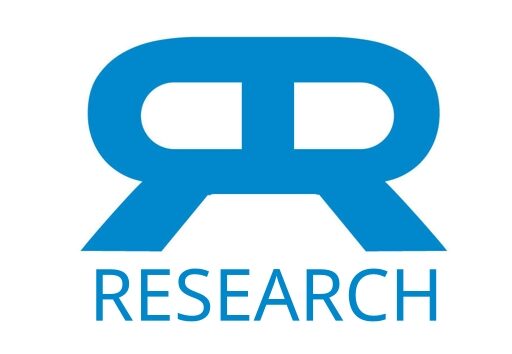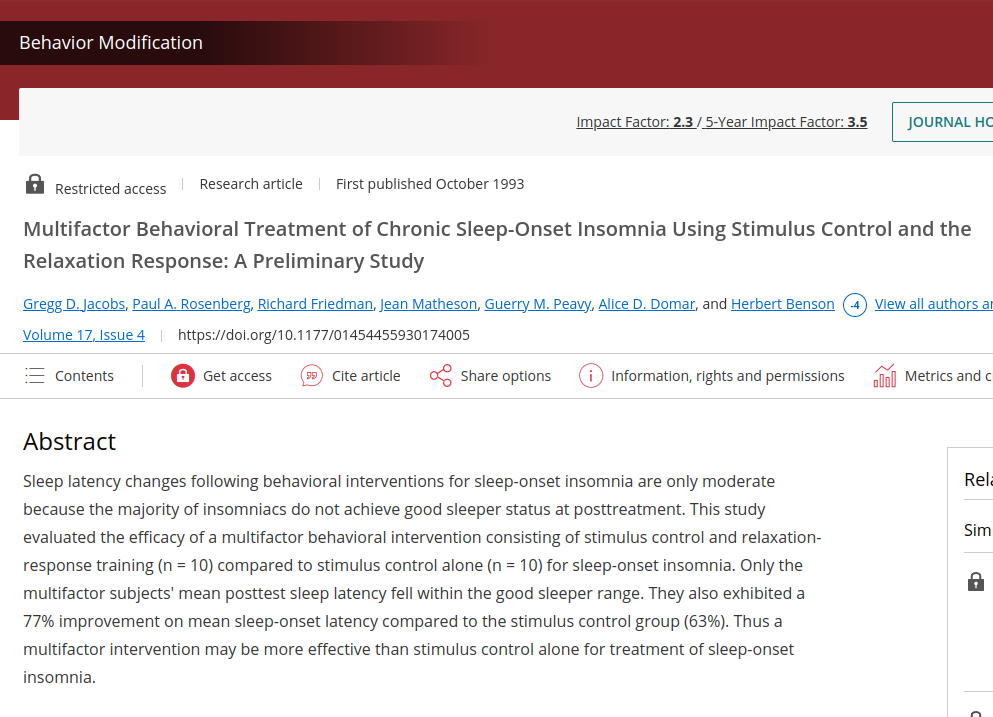The majority of individuals with insomnia treated with single behavioral interventions do not achieve normal sleep. In this study, individuals with chronic sleep-onset insomnia (n=12) were treated with a sequentially administered multifactor behavioral intervention consisting of sleep restriction, modified stimulus control, and relaxation training. They were compared to age- and sex-matched normal sleepers (n=14) prior to and following treatment using home-based polysomnography and power spectral analysis of pre-sleep EEG activity as dependent measures. Individuals with insomnia showed highly significant beneficial changes on EEG measures of insomnia, including a 75% reduction in sleep-onset latency, and did not differ from normal sleepers at posttreatment. Individuals with insomnia exhibited greater pre-sleep CNS arousal than normal sleepers at pretreatment and showed a significant reduction on this measure at posttreatment. Objective improvements in sleep were accompanied by significant improvements in self-report measures of sleep and mood. We conclude that a multifactor behavioral intervention consisting of sleep restriction, modified stimulus control, and relaxation response training is highly effective in moving individuals with chronic sleep-onset insomnia into the range of normal sleepers and may achieve its effect, in part, by reducing pre-sleep CNS arousal.
Home-based central nervous system assessment of a multifactor behavioral intervention for chronic sleep-onset insomnia
Publication
Behavior Therapy
Volume 24, Issue 1, Winter 1993, Pages 159-174
Abstract
Web and Email Links
Related Listings
Journal
Journal of Research and Development in Education
Evaluated self-esteem and locus of control in a group of high school students prior to, during, and following a single academic year. Using a randomized, crossover experimental design, 26 Ss were exposed to either a health curriculum based on elicitation of the relaxation response (RLR) and then a follow-up period, while 24 were assigned to a control health curriculum and then the RLR. Psychological testing was conducted using the Piers-Harris Children's Self Concept Scale and the Now […]
Journal
Headache, the Journal of Head and Face Pain
PHYSIOLOGIC CHANGES consistent with the decreased sympathetic nervous system activity are present during the practice of a relaxation technique, Transcendental Meditation. The changes consist of decreased oxygen consumption, carbon dioxide elimination, respiratory rate and minute ventilation. Arterial blood lactate decreases markedly. Arterial blood pH and base excess decrease slightly. There are no changes in arterial blood pressure, in respiratory quotient, nor in rectal temperature […]
Journal
The Clinical Journal of Pain
The treatment of chronic pain is costly and frustrating for the patient, health care provider, and health care system. This is due, in part, to the complexity of pain symptoms which are influenced by behavior patterns, socioeconomic factors, belief systems, and family dynamics as well as by physiological and mechanical components. Assessment of treatment outcomes is often limited to the patient's subjective, multidimensional, self-reports. Outcome measures based on data about return t […]

